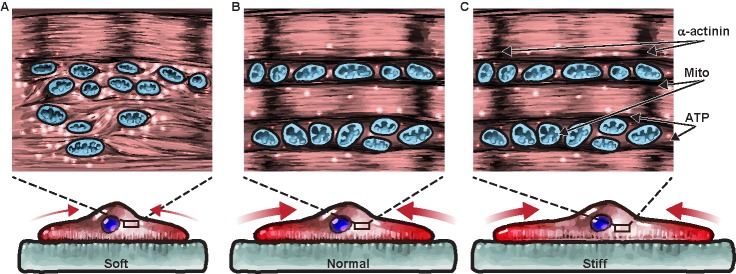Fig 4. Cardiomyocytes operate optimally on substrates of physiological stiffness possibly due to a link between metabolism and contractile structure and function.
Based on our data, we speculated that substrate stiffness might regulate the balance of energy production and utilization in cardiac tissues as follows. Cardiomyocytes on soft gels (A) need abundant ATP (white spheres) derived by mitochondria (orange organelles) to promote the contraction of sarcomeres (Z-disks in black) via cross-bridge cycling (brown lines). This might lead to very inefficient mechanical work as only a small stress (red arrows) is required to deform the soft gel substantially. Conversely, NRVM cultured on normal (B) and stiff (C) substrates have well organized contractile cytoskeletons and need a limited amount of ATP to fuel sarcomere contraction. Since the same amount of contractile force causes a smaller displacement of stiffer gels, the product between force and displacement (work) is maximum on gels of physiological stiffness.

